Home>Ideas and Tips>Smart Thermostat Installation for Energy-Efficient Home Heating
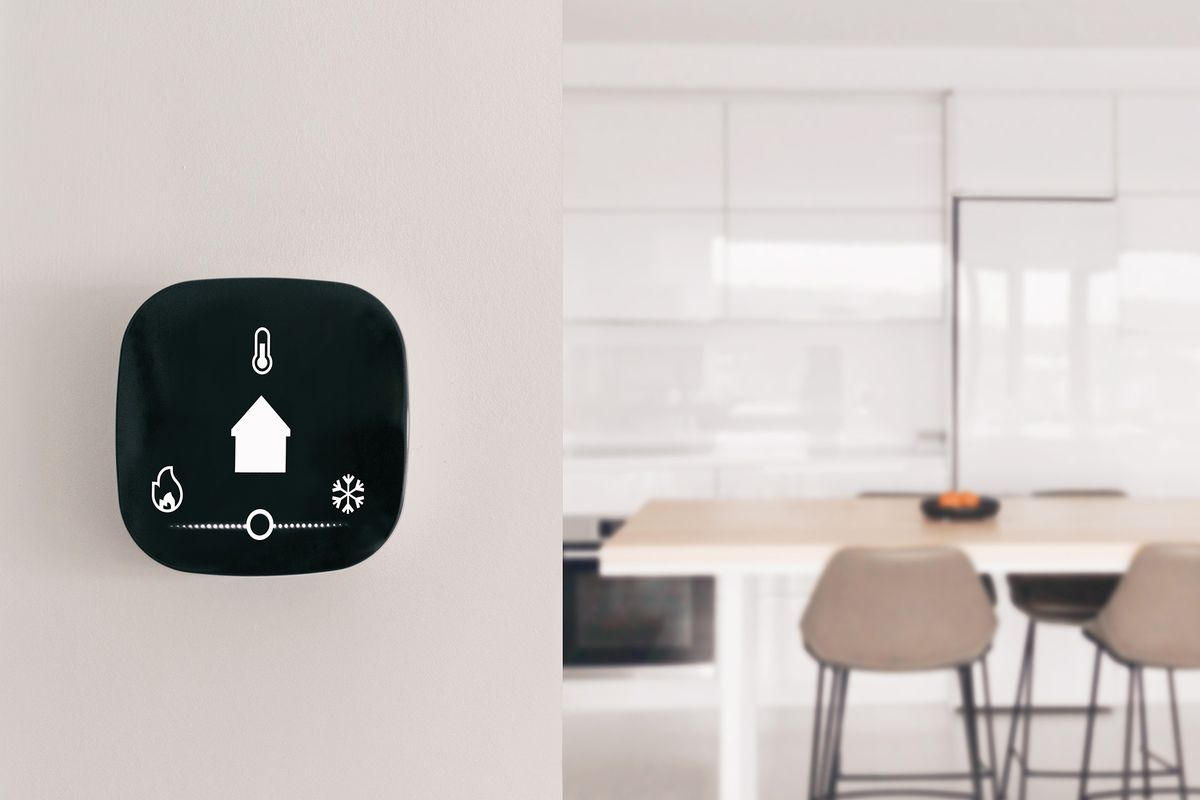

Ideas and Tips
Smart Thermostat Installation for Energy-Efficient Home Heating
Published: September 1, 2024
Discover the benefits of smart thermostat installation for energy-efficient home heating. Save money, reduce your carbon footprint, and enhance comfort.
(Many of the links in this article redirect to a specific reviewed product. Your purchase of these products through affiliate links helps to generate commission for Storables.com, at no extra cost. Learn more)
In today's world, where energy efficiency and sustainability are paramount, smart thermostats have emerged as a revolutionary tool for managing home heating and cooling systems. These advanced devices not only provide precise temperature control but also integrate seamlessly with other smart home devices, offering a multitude of benefits that extend beyond mere comfort. In this article, we will delve into the world of smart thermostats, exploring their features, benefits, and how they can transform your home into an energy-efficient oasis.
Why Choose a Smart Thermostat?
Smart thermostats are Wi-Fi enabled devices that allow you to control your home's heating and cooling temperature settings from your smartphone or voice assistant. Unlike traditional thermostats, which rely on pre-programmed settings, smart thermostats learn your habits and adjust the temperature automatically to optimize energy usage and comfort.
Energy Savings
One of the primary reasons to choose a smart thermostat is its potential for significant energy savings. By optimizing your home's heating and cooling systems, smart thermostats can substantially reduce your utility bills. According to ENERGY STAR, smart thermostats that earn the ENERGY STAR label have been independently certified to deliver energy savings. These devices are required to enter a low-power standby mode when inactive, further reducing energy consumption.
The average American household spends more than $900 each year on heating and cooling costs. By using a smart thermostat, you can save up to $100 annually on your energy bills, especially if you live in an area with extreme hot or cold temperatures. Additionally, many utilities offer rebates for purchasing ENERGY STAR certified smart thermostats, which can further reduce the upfront cost.
Cost Savings
Controlling your temperature settings with a smart thermostat is not only beneficial for the environment but also for your wallet. By adjusting the temperature remotely, you can prevent unnecessary heating or cooling when you're away from home. This feature is particularly useful for those who often forget to adjust the thermostat before leaving for work or vacation.
Smart thermostats also integrate with electricity management programs offered by local utilities. These programs allow your utility company to adjust the thermostat settings in exchange for discounts or incentives. For instance, during peak demand times, your thermostat can be programmed to use less energy, reducing your overall bill.
Environmental Impact
Smart thermostats are not just about saving money; they also contribute to a more sustainable lifestyle. By optimizing your heating, ventilation, and air conditioning (HVAC) energy consumption, you can significantly reduce your carbon footprint and environmental impact. Many smart thermostats are engineered with eco-friendly designs and technologies that minimize energy waste.
Other Features to Consider
When selecting a smart thermostat, there are several features you should consider to ensure it meets your needs:
-
Learning Capabilities: Smart thermostats learn and adapt to your routine and temperature preferences. They automatically establish a schedule that adjusts to energy-saving temperatures when you are asleep or away.
-
Geofencing: With geofencing technology, your smart thermostat can detect when you are approaching or leaving your home. It adjusts the temperature accordingly to avoid unnecessary heating or cooling when the house is unoccupied.
-
Vacation Mode: This feature lets the thermostat know when you will be gone from your home for longer periods of time. It manages the temperature to avoid frozen pipes in the winter and extreme heat in the summer.
-
Automatic Updates: Smart thermostats update their software periodically to ensure they use the latest algorithms and energy-saving features available.
-
Sensors: Temperature sensors help manage extreme temperature differences in a home by monitoring rooms with differing temperatures due to lack of insulation or sun exposure. Occupancy sensors determine which rooms are high-traffic areas and prioritize managing their temperature without sacrificing comfort elsewhere in the house.
-
Voice Assistant Integration: Some smart thermostats are compatible with popular voice assistants, allowing you to control the temperature with voice commands.
-
Music Streaming: Some advanced models come with integrated speakers, offering music streaming as an additional feature.
How to Choose the Right Smart Thermostat
Choosing the right smart thermostat involves considering several factors beyond just its energy-saving capabilities:
-
Compatibility: Ensure that the thermostat is compatible with your HVAC system and any other smart home devices you plan to integrate it with.
-
Installation Options: You have the option of either hiring a professional for installation or doing it yourself. Professional installation offers expertise and peace of mind, while DIY installation can be more cost-effective but carries the risk of making mistakes.
-
Additional Features: Consider what additional features are important to you, such as geofencing, vacation mode, and voice assistant integration.
-
Energy Efficiency Certifications: Look for ENERGY STAR certification, which ensures that the thermostat has been independently verified to deliver substantial energy savings.
-
User Interface: Choose a thermostat with an intuitive user interface that is easy to navigate, especially if you plan to use it frequently.
Benefits of Smart Thermostat Installation
The benefits of installing a smart thermostat extend far beyond simple temperature adjustments:
-
Energy Efficiency: By optimizing your HVAC system's operation based on your habits and preferences, smart thermostats can significantly reduce energy consumption and lower utility bills.
-
Convenience: Smart thermostats allow you to control the temperature remotely using a smartphone app or voice commands. This means you can adjust the temperature before arriving home or while away on vacation, ensuring a comfortable environment.
-
Detailed Energy Reports: Many smart thermostats provide detailed energy usage reports, which help you pinpoint areas where you can improve energy efficiency further.
-
Integration with Smart Home Devices: Smart thermostats often integrate seamlessly with other smart home devices like smart speakers and sensors, creating a more connected and automated home environment.
-
Environmental Impact: By reducing energy consumption, smart thermostats contribute to a more sustainable lifestyle by lowering carbon emissions and minimizing environmental impact.
Professional Installation vs DIY
While DIY installation can be more cost-effective, professional installation offers several advantages:
-
Expertise: Professionals ensure that the thermostat is set up correctly and compatible with your HVAC system, reducing the risk of system malfunctions or damage.
-
Peace of Mind: Hiring a professional provides peace of mind knowing that the installation was done correctly and efficiently.
-
Troubleshooting: Professionals can troubleshoot any issues that may arise during or after installation, ensuring optimal performance from day one.
Long-term Costs and Maintenance Requirements
While smart thermostats have a higher upfront cost compared to traditional thermostats, their long-term benefits can outweigh this initial investment:
-
Energy Savings Over Time: By optimizing energy usage, smart thermostats can save you money in the long run by reducing your utility bills.
-
Longer Lifespan: Smart thermostats often have longer lifespans than traditional thermostats, reducing the frequency of replacement and maintenance costs over time.
Conclusion
Smart thermostats represent a significant step forward in making our homes more responsive, comfortable, and energy-efficient. By learning your habits and adjusting temperatures automatically, these devices offer precise control over your home's heating and cooling systems. With features like geofencing, vacation mode, and detailed energy reports, smart thermostats are not just about saving money but also contributing to a more sustainable lifestyle.
Whether you're looking to reduce your energy bills or simply enhance your home's comfort levels, installing a smart thermostat is a worthwhile investment. With the ability to integrate seamlessly with other smart home devices and provide detailed insights into your energy consumption patterns, these devices are poised to transform how we interact with our homes.
In conclusion, smart thermostats are not just gadgets; they are tools designed to optimize comfort while minimizing environmental impact. By choosing an ENERGY STAR certified model and ensuring proper installation, you can unlock the full potential of these innovative devices and enjoy a more efficient, comfortable home for years to come.
Was this page helpful?
At Storables.com, we guarantee accurate and reliable information. Our content, validated by Expert Board Contributors, is crafted following stringent Editorial Policies. We're committed to providing you with well-researched, expert-backed insights for all your informational needs.

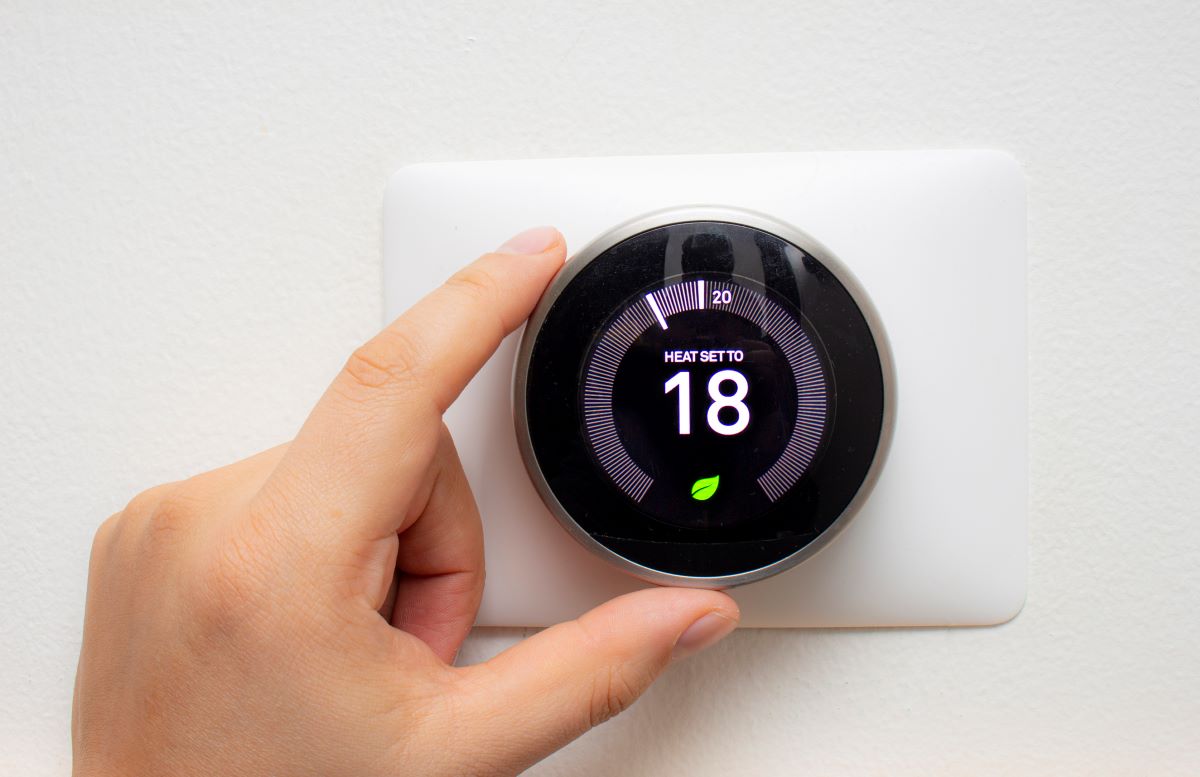
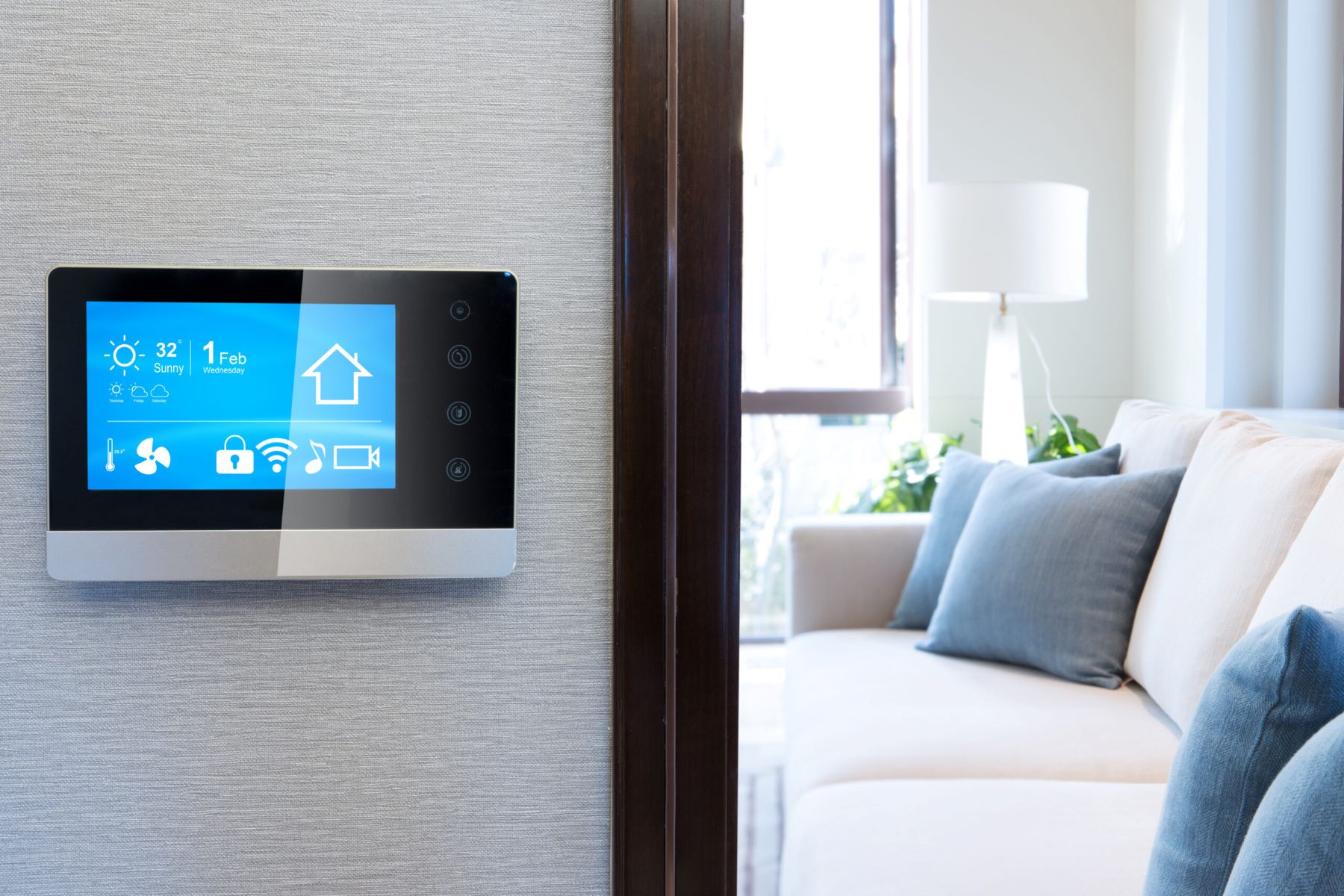
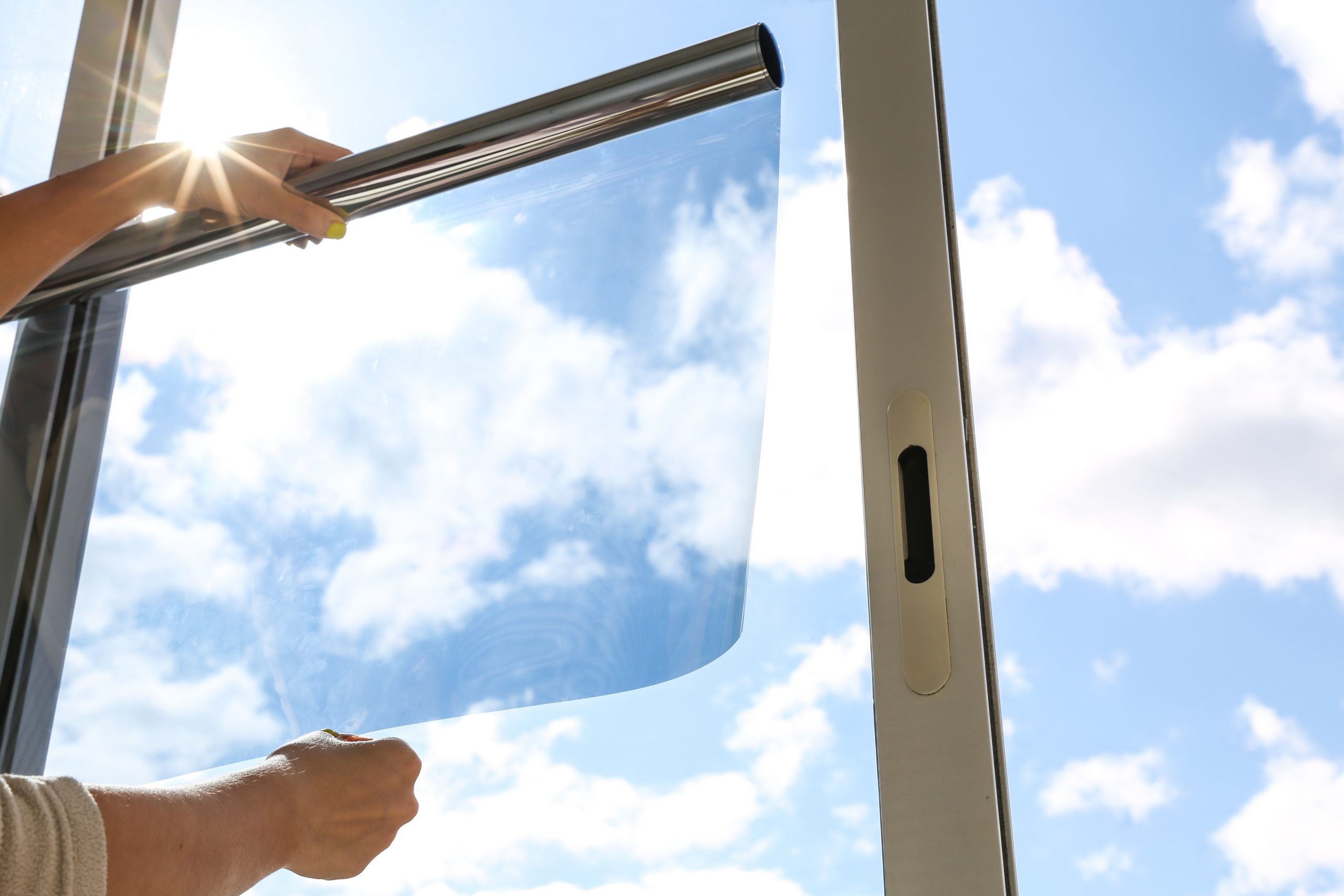
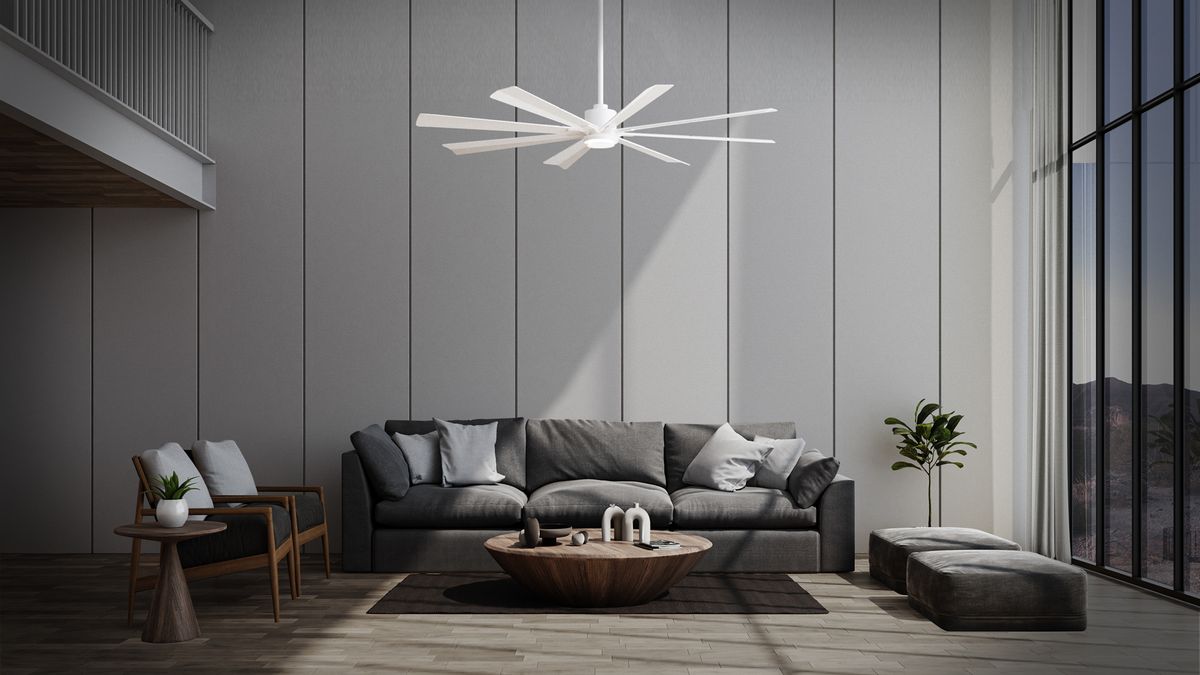
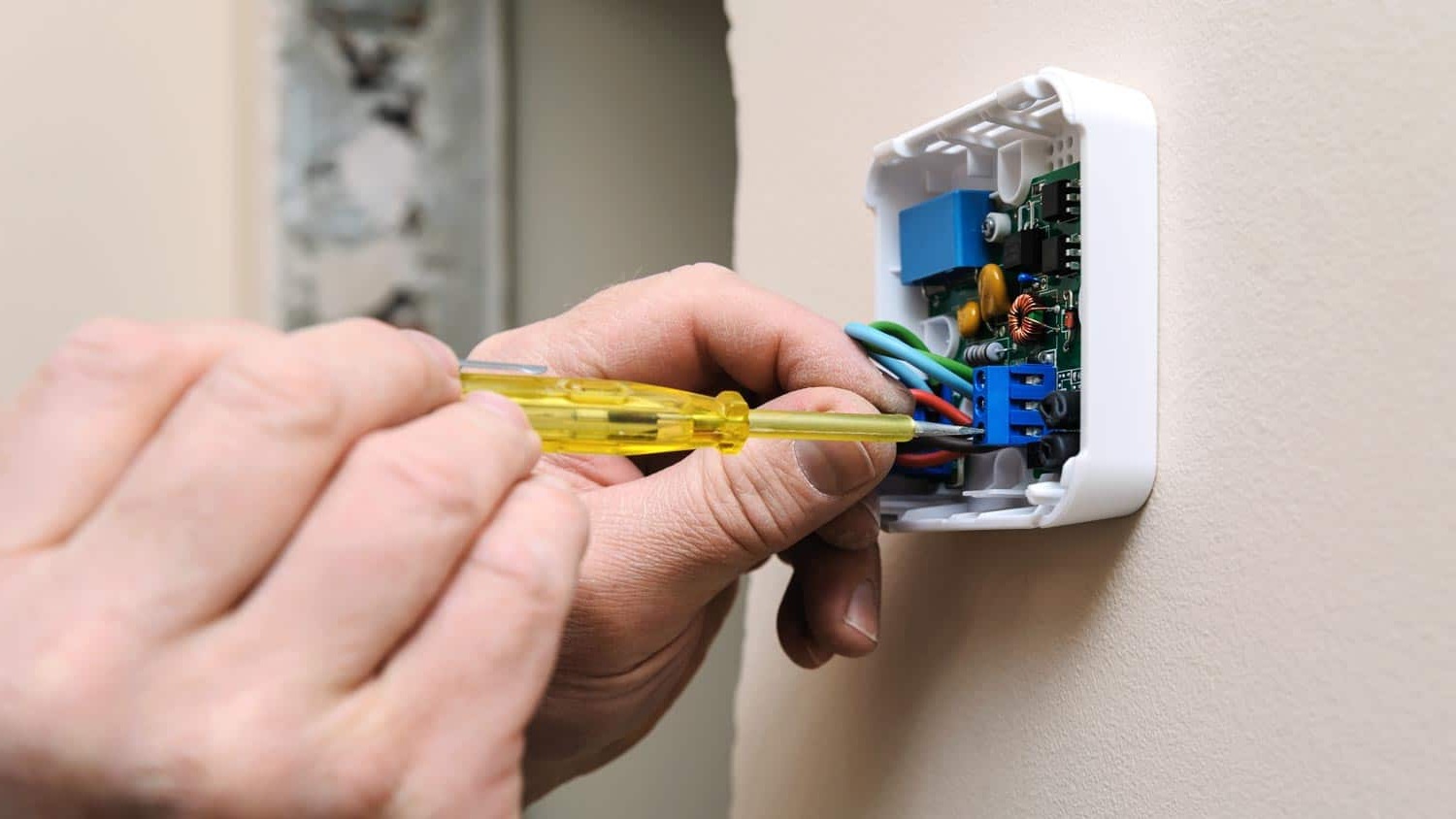
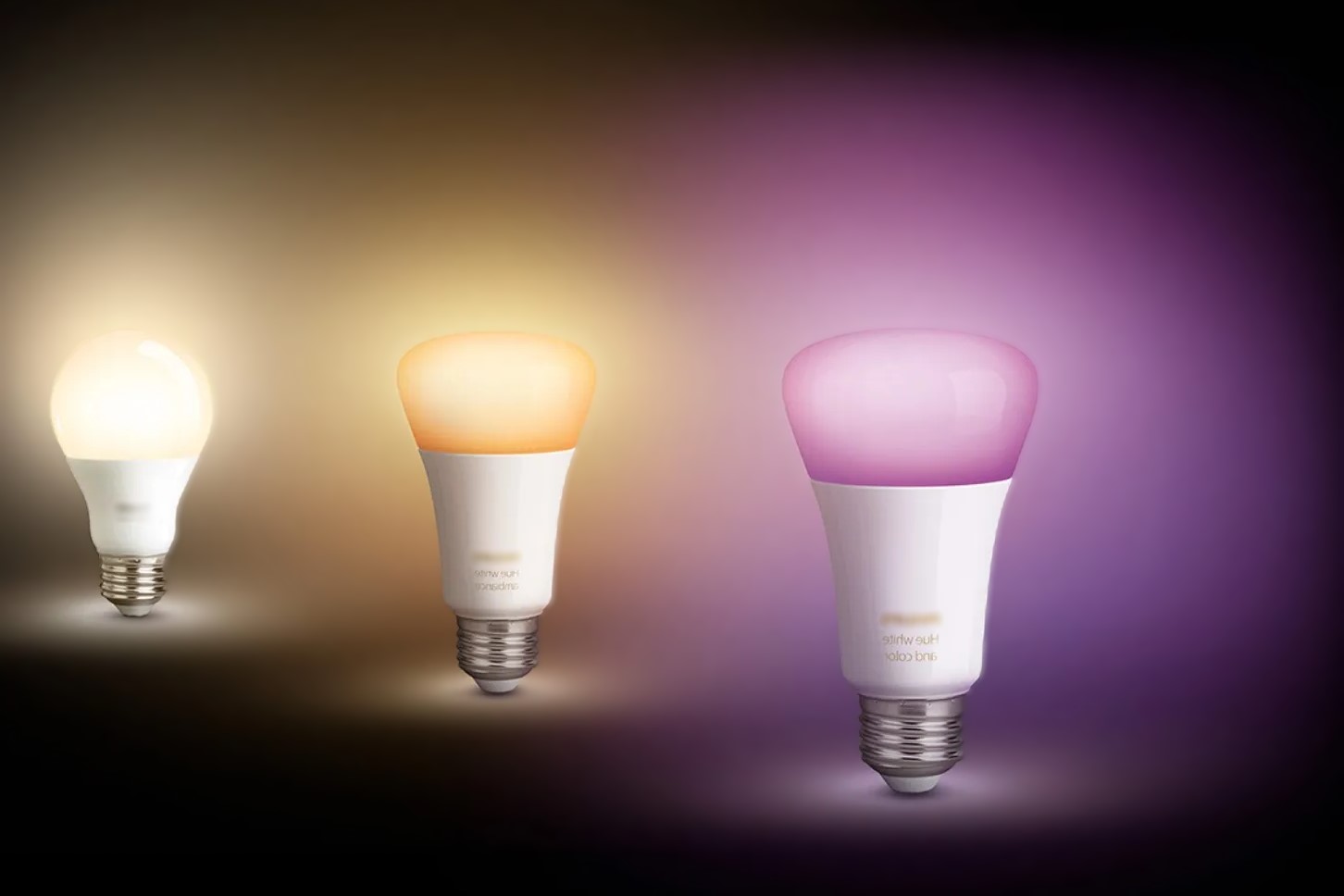
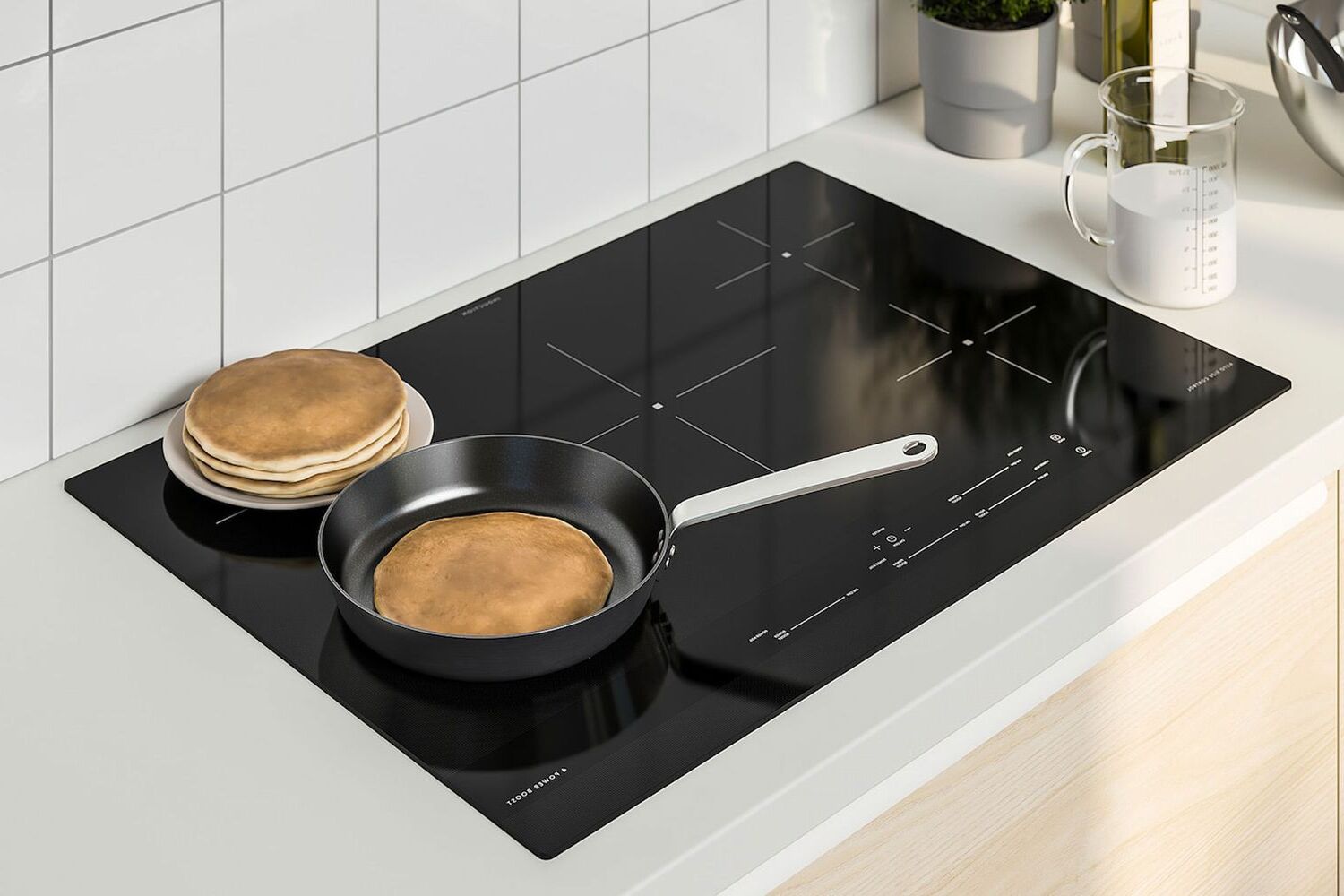
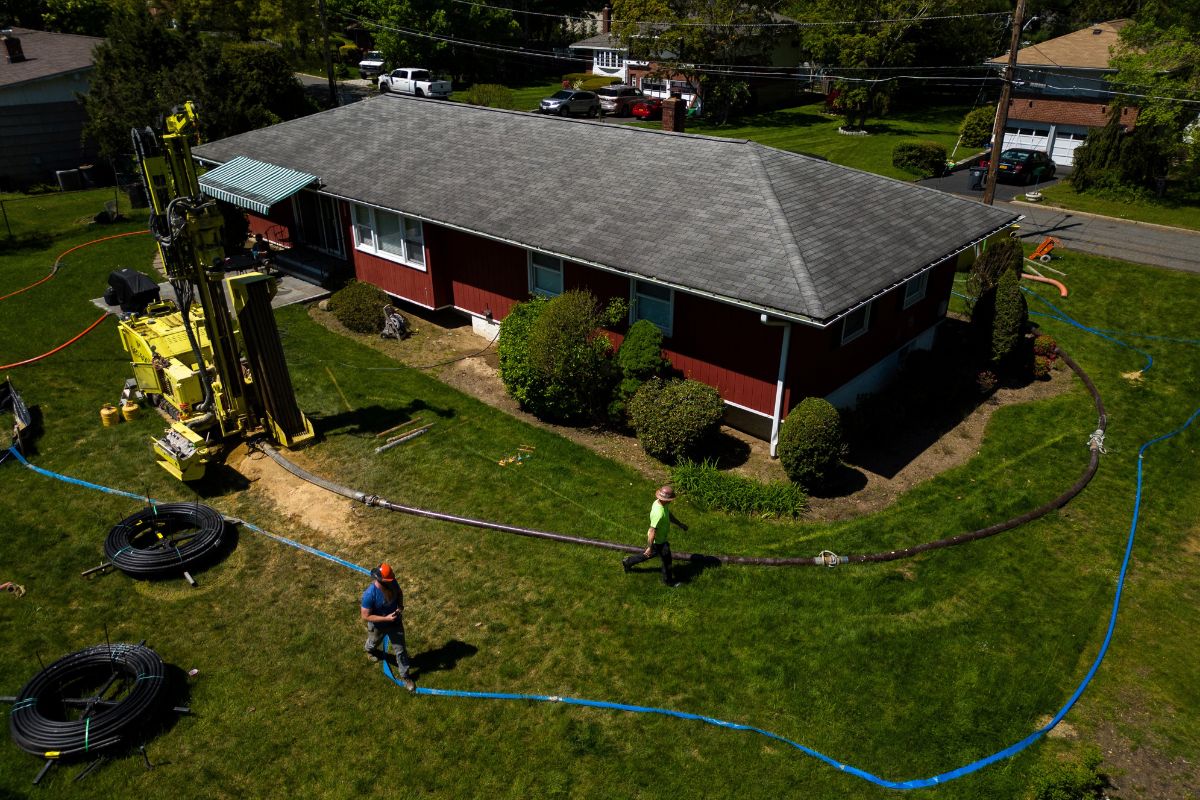
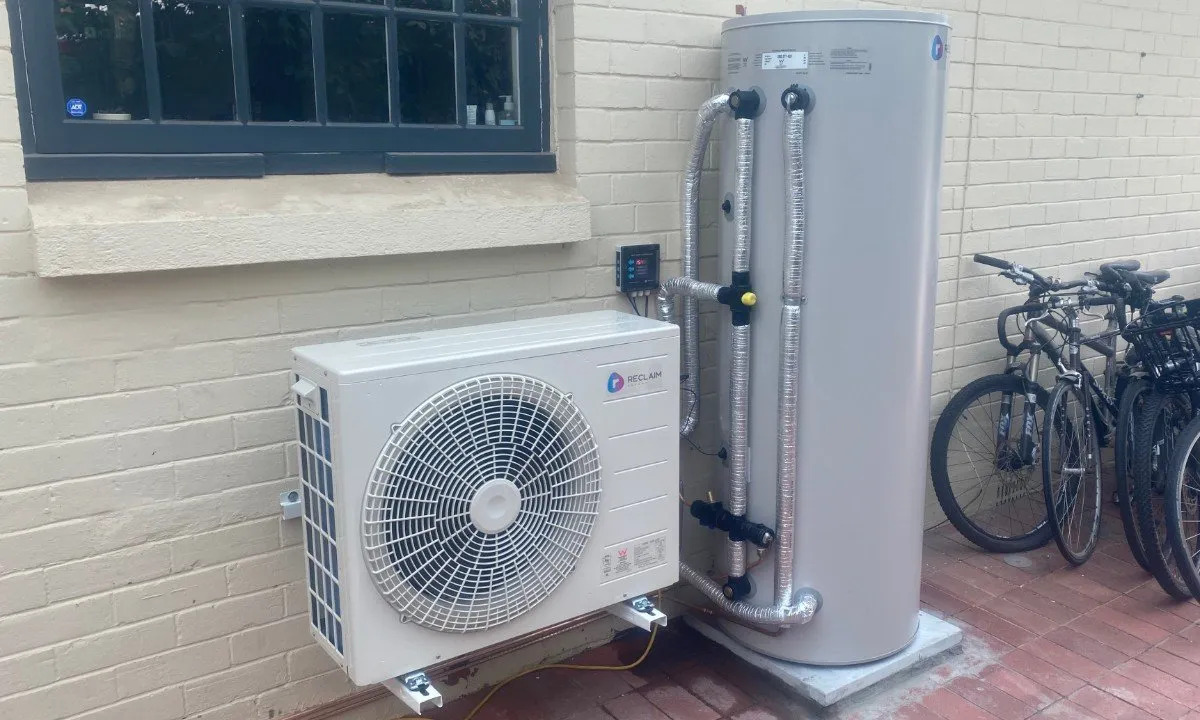

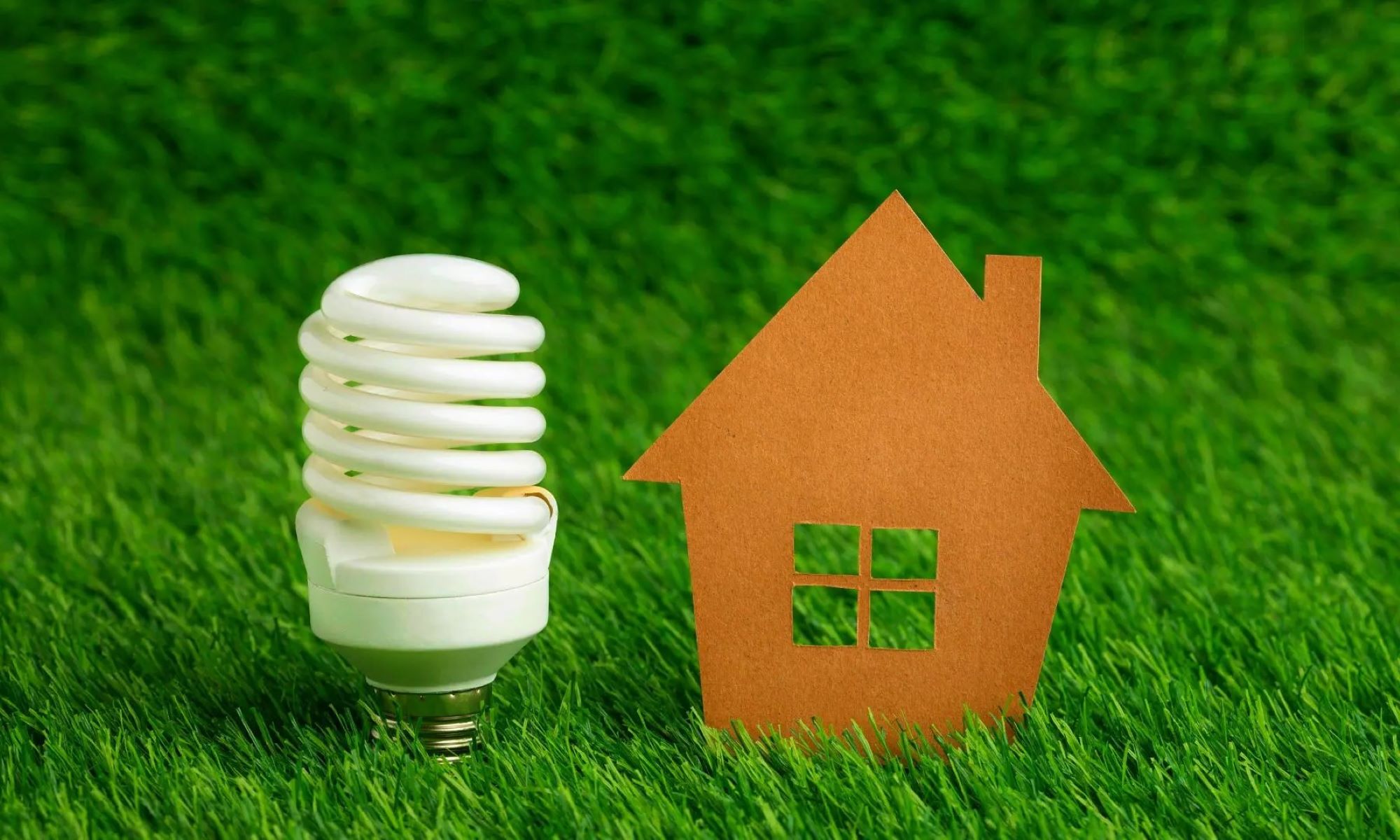


0 thoughts on “Smart Thermostat Installation for Energy-Efficient Home Heating”